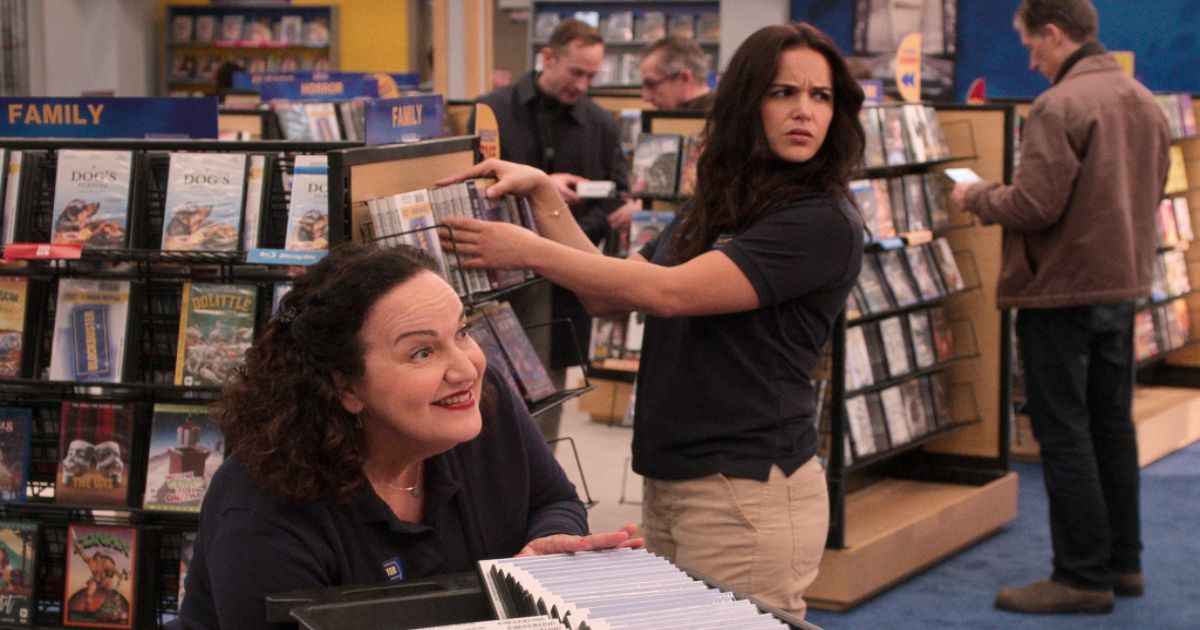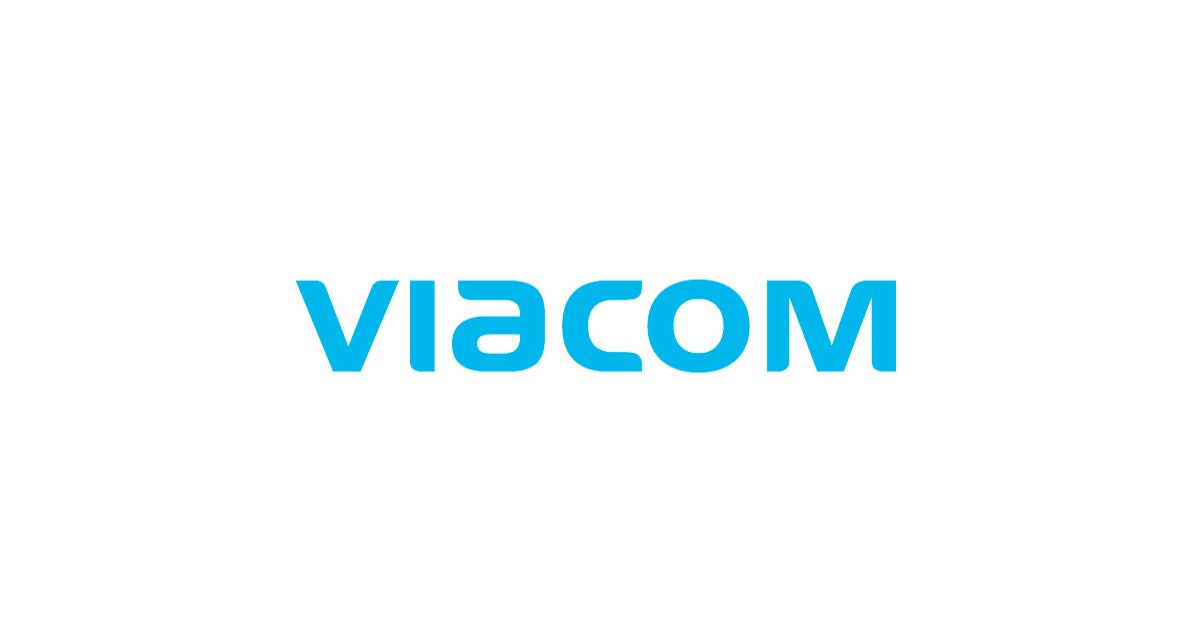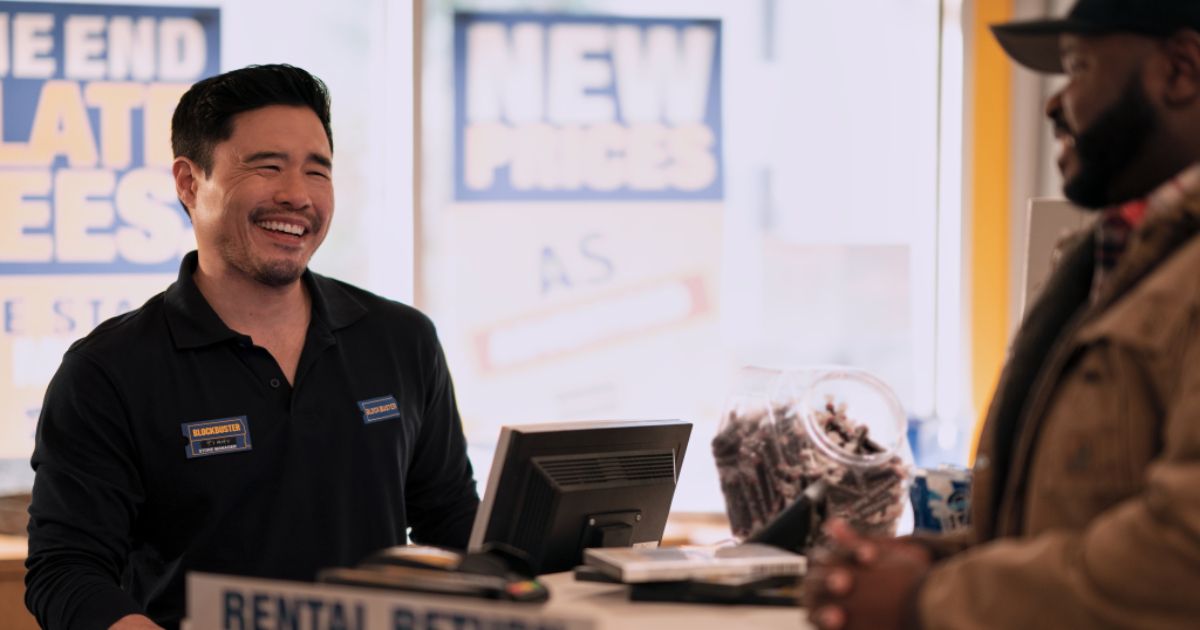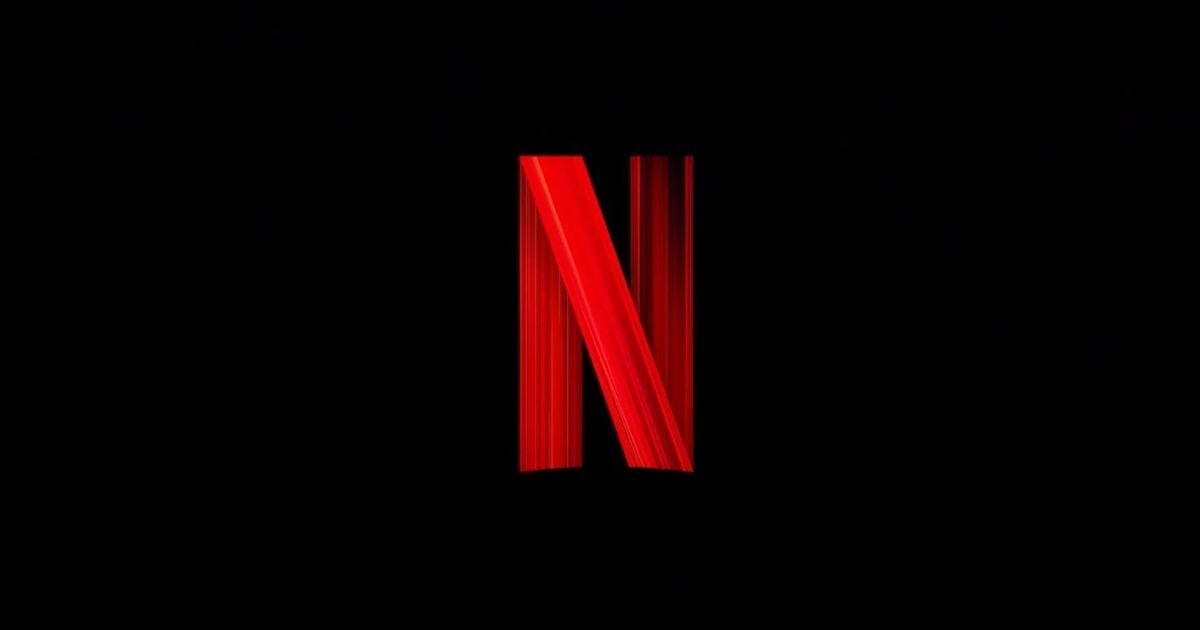Whatever happened to Blockbuster? Those who remember the video franchise probably look back at it with fond nostalgia, but many kids today probably have no clue what Blockbuster is, although there might be some that remember the last moments before the video franchise took its last breath. In its prime, Blockbuster was an extremely successful video rental franchise that allowed you to browse for movies and rent with a membership ID, much like how a library would rent out books. While the idea might seem simple and obvious, during the time of its establishment, it was seen as innovative and ahead of its time. But by late-2010, the number of Blockbuster stores dropped by nearly half, from 6000 to a little over 3000, with plans to shut down almost a thousand more. And since 2019, there has remained one last, famous, open Blockbuster in the entire world located in Bend, Oregon (via The Wrap).
So, what happened? It would be easy to blame Blockbuster’s demise on Netflix, a company that had movies delivered straight to your door with a simple membership that gave you access to a huge catalog of movies with no late fees and eventually a website that would allow that same access right on your computer or TV. But the streaming service isn’t entirely to blame, although we will get more into that in a minute. At the end of the day, Blockbuster made a lot of terrible business decisions that led to its own downfall, resulting in there only being one left, which has now become so famous that it, ironically, got its own Netflix show titled Blockbuster.
Blockbuster Video’s Success
There was a time when people thought Blockbuster was going to be around forever like McDonald’s. Before video rental stores like Blockbuster existed, movie studios had decided they would sell movies directly to consumers. The only issues was that they charged about $100 for one VHS movie, believing that was a reasonable price, considering how much money they’d lose by allowing someone to watch movies at home. This was all until stores began popping up in the mid-70s that would buy these movies and sell them to consumers for as little as 99 cents. The first Blockbuster would open its doors a decade later in 1985 — a time when cassette tapes were finally getting cheaper — in Dallas, Texas by a man named David Cook.
What made that first Blockbuster store different from the other small video rental stores were a few simple key elements: a larger movie selection, staying open till midnight, and he put the movies right out on the shelves rather than behind the counter. But the biggest, and most important to Blockbuster’s success, element was the inventory database that Cook created that made checking in and out videos much easier than other video rental stores. From there, a star was born, and a year later, 20 more Blockbusters would open. Soon after that, Blockbuster began buying out small video rental stores and converting them into Blockbusters. This allowed the store to grow rapidly: at one point, there was a new Blockbuster opening every 17 hours. As the company grew, they made deals with movie studios to get a large amount of movie copies for as little as $5 and share the revenue with them. Then, making it impossible for small video rental stores to compete, this ensured Blockbuster would remain on top — at least for a little while.
Blockbuster’s financial issues began a lot sooner than most people know. Almost 10 years after the first store opened, there were now over 200 Blockbusters and, after purchasing Ritz Video Chain, expanding to the United Kingdom, Viacom purchased the company for $8.4 million. The only reason for the purchase, though, was so Viacom could use the company’s money to finance their bid for Paramount. This dug a deep hole of debt for the company that would only be the beginning of the hemorrhage. Combine this with the fact that Blockbuster wanted to be easily accessible to every American all over the country, and like mentioned before, there was a new store opening every 17 hours. Which from one angle might sound perfect, but when you consider the hole of debt Blockbuster was already accumulating, mixed with the high fixed cost to continue running each Blockbuster, you begin to see when the company started going in the red.
Late Fees & DVDs
Blockbuster’s profits were never in actual rental prices, but in the late fees. Whenever someone rented a movie, they had a return date to bring it back, and if they failed to do so, they’d owe the store a few dollars, which would accumulate the longer they held the movie. And everyone knows how hard it is to stay on top of rental dates, leading to inevitable fees. Indeed, when Netflix first came about, their biggest selling point was no late fees. Netflix was the greatest threat to Blockbuster, but even then, people still felt Blockbuster was more reliable. Before the days of Netflix as a streaming company, it would offer you a large selection of movies that could be delivered right to your door, which you could return whenever you wanted. But not many people really liked how long it took to get a movie through Netflix, even though they did enjoy the freedom from late fees.
In 2004, to combat that, Blockbuster’s CEO John Antioco made probably their greatest financial mistake: removing late fees (via Medium). From that point on, there was no profit coming in to go against the growing debt of the company. Not to mention this made people heavily abuse the rental process, in some cases, never returning their movies. The idea was that they’d remove late fees and invest in a digital platform. In the end, the choice cost Blockbuster $200 million plus another $200 million to launch Blockbuster online. And to add insult to injury, movie studios moved away from VHS and switched to DVD format, which was drastically cheaper and allowed for other corporate giant stores (i.e. Target and Walmart) to sell to customers the ability to own a movie for the same price of renting.
Netflix’s Final Nail
Netflix was not the killer of Blockbuster. While Netflix was a huge competitor, there was still a chance of survival for both companies to live together in harmony, but the count-down to the end of Blockbuster started long before Netflix was even founded. One of the biggest flaws of Blockbuster was its inability to adapt. When faced with the opportunity to rent DVDs online, they were skeptical, and Netflix beat them to the thunder. And again, when Netflix switched to streaming, Blockbuster couldn’t adjust fast enough to catch up. So, while Netflix helped ensure the downfall of Blockbuster, it was Blockbuster that shot itself in the foot.
“Companies rarely die from moving too fast, and they frequently die from moving too slowly.” – Reed Hasting, Founder and CEO of Netflix
But one of Blockbuster’s biggest mistakes did involve the streaming company directly. In 2000, Reed Hasting flew out to meet with Antioco and proposed a partnership: Netflix would run Blockbuster’s brand online and Blockbuster would promote Netflix in-stores. According to Hasting, he was laughed out of the room. That was likely Blockbuster’s last lifesaver. Just a decade later, Netflix would be a giant company on the rise and Blockbuster would be closing their doors, but we are easily reminded that what happened to Blockbuster can happen to other big companies, like Netflix, now that we’re seeing the streaming service face a large loss of subscribers. But while the physical stores are all but one gone, the nostalgia and love of the memories from our time with video rental store still remain. And if you really miss it you can always spend the night at the last remaining Blockbuster.



